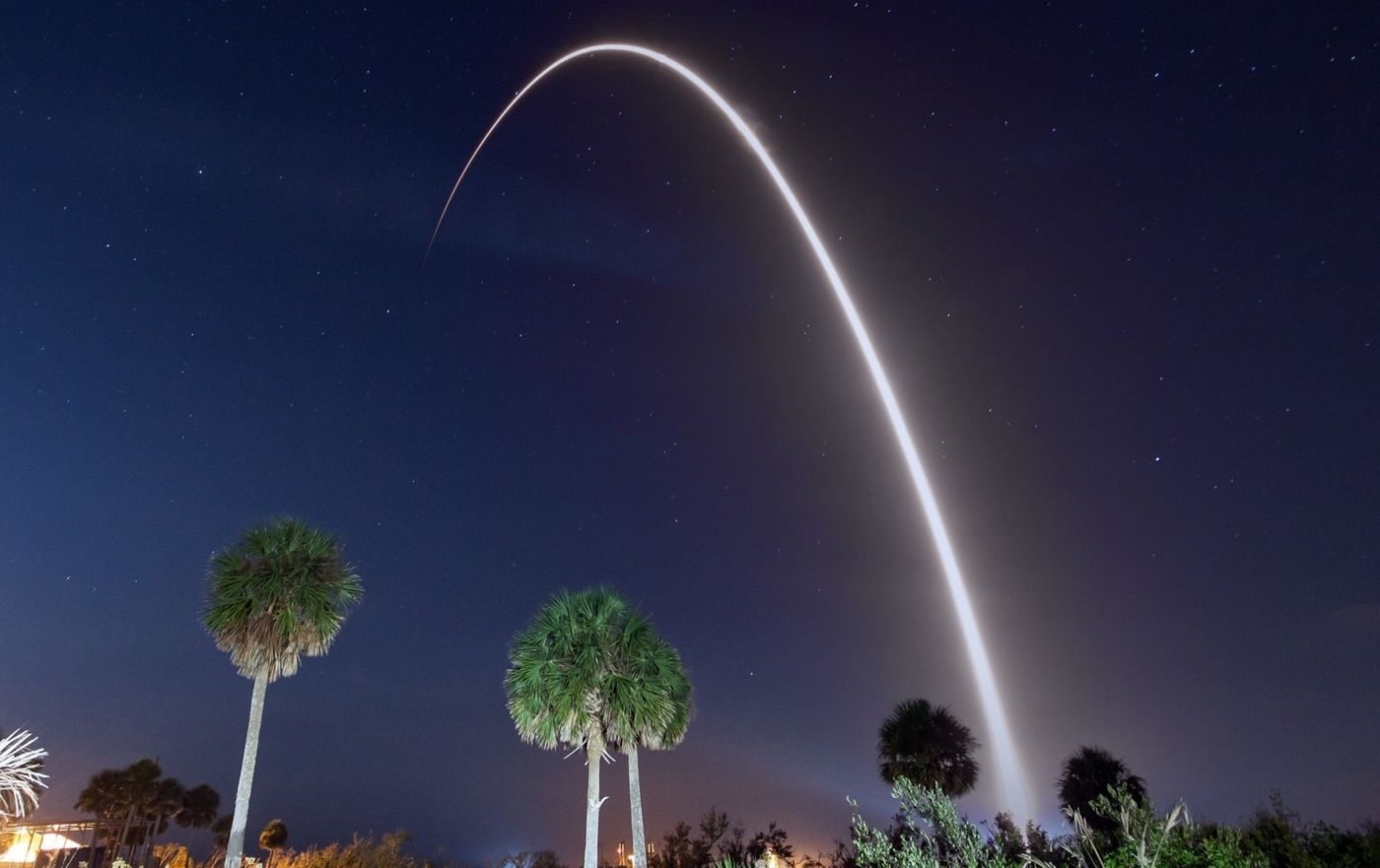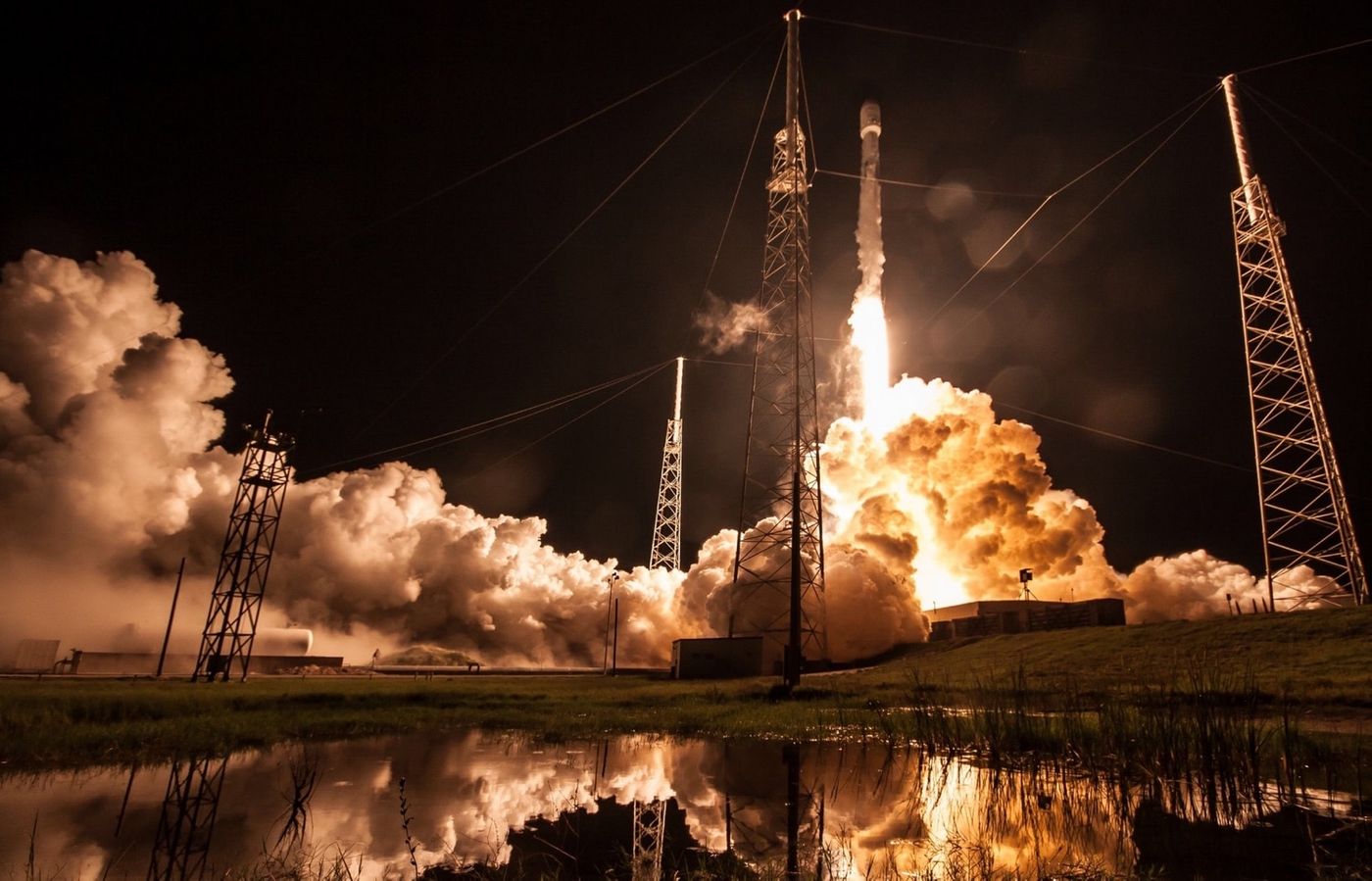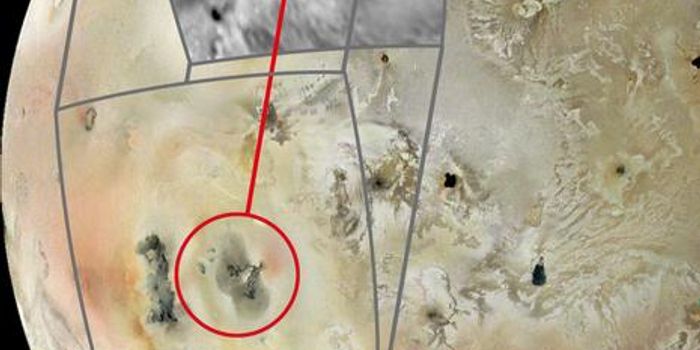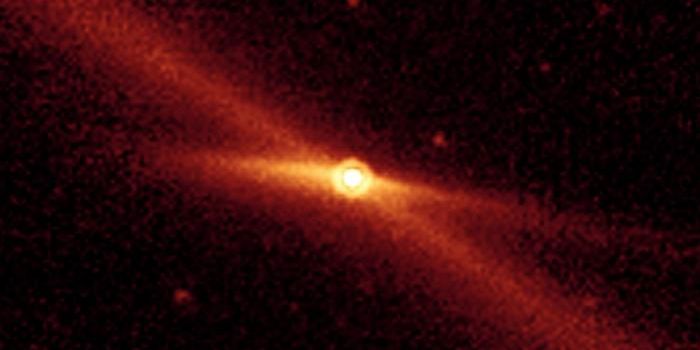SpaceX Sees Another Successful 'Block 5' Falcon 9 Rocket Launch
Over the weekend, SpaceX launched yet another of its iconic Falcon 9 rockets from Launch Complex 40 at Cape Canaveral Air Force Station in Florida.
Image Credit: SpaceX/Twitter
Hiding away inside the rocket’s massive cargo hold was a weighty 15,500-pound Telstar 19 Vantage communications satellite, which needed to be placed in a geostationary transfer orbit just above Earth’s equator.
The Falcon 9’s nine powerful Merlin engines ignited at 1:50 A.M. on Sunday, lifting the rocket into the air such that it could complete its primary mission. Once the second stage had separated from the first, the latter returned to Earth and landed upright atop a drone ship in the Atlantic Ocean. Soon after, the second stage delivered the payload to outer space.
Image Credit: SpaceX/Twitter
As usual, SpaceX live-streamed the launch and published the footage to YouTube for its fans to watch:
Notably, Sunday’s launch took advantage of SpaceX’s new ‘Block 5’ Falcon 9 variant, which the commercial space company first debuted back in May.
It’s only the second time SpaceX has used this upgraded rocket variant since its inception, but the improved rocket design allegedly touts greater reusability and enhanced performance when compared to its Block 4 predecessor.
Speaking of Block 4 Falcon 9 rockets, SpaceX launched its last one earlier this month during a routine International Space Station resupply mission. Given the circumstances, we can safely assume that all of SpaceX’s Falcon 9 rocket launches going forward will utilize the company’s new Block 5 variant.










